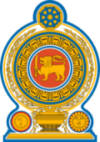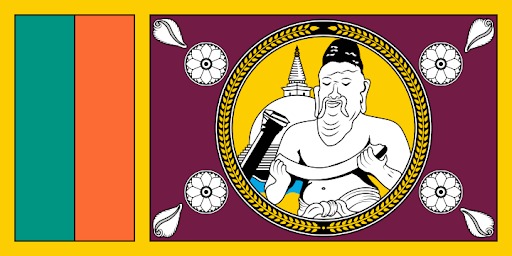Climate Smart Irrigated Agriculture Project
The proposed Climate Smart Irrigated Agriculture Project to be funded by the World Bank will be implemented in 11 districts of 6 provinces with the objective of implementing climate resilient agriculture systems in selected hot spot areas.
All citizens living in the selected hot-spot areas will be the project beneficiaries and this project will mainly focus on households including women, youth and children.
The 11 selected CSIAP Hot Spot Areas (districts) cover 18 sub-watersheds of 9 river basins of Yan Oya, Mandekal Aru, Kala Oya, Menik Ganga, Per Aru, Kala Oya, Maduru Oya, Mundeni Aru, Karanda Oya in 11 dry-zone districts of Polonnaruwa, Anuradhapura, Hambantota, Kilinochchi, Kurunegala, Moneragala, Mullaitivu, Puttalam, Trincomalee, Batticaloa and Ampara covering 6 provinces of Northern, Eastern, North Western, North Central, Southern and Uva provinces. These 11 Hot Spot Areas fall in 17 DS Divisions and 21 Agrarian Service Centers.
The 11 Hot Spot Areas cover a total area of 3067 sq. km and includes 53 cascades, 789 tanks (of which 242 or 31% have been abandoned), around 19254 farm families (or around 96,270 beneficiaries assuming 5 a family size of persons per household) and a total command area of around 100.33 square kilometers from the 547 working tanks in the project area.
Total project cost of US$ 140 Mn includes US$ 125 Mn from IBRD and counterpart funding of US$ 15 Mn (GOSL US$ 10 Mn and 5 m US$ 5 Mn from beneficiaries)
The project development objective is to improve climate resilience of farming communities and productivity of irrigated agriculture in selected climatically vulnerable Hot-Spot Areas in Sri Lanka. This objective will be achieved through increased adaptation of climate – resilient agricultural practices and technologies, improved agricultural productivity, and increased access to markets in targeted smallholder farming communities.
The project design is structured over four components.
(1) Climate Smart Irrigated Agriculture Production and Marketing
(2) Efficient Water Management for Agriculture
(3) Project management
(4) Emergency response
Project Institutional Arrangements
The project is implemented at five levels: national, provincial, district, divisional and GND levels. All these levels are coordinated through the PMU (Project Management Unit) set up at the MoA.
There will be two Deputy Project Director’s (DPD) Offices established at national level at the Ministry of Irrigation and Water Resources & Disaster Management and Ministry of Provincial Councils, Local Government and Sports to support the PMU established at the MOA to implement the CSIAP effectively.
A Technical Coordination Committee (TCC) will be established at each of the Department of Agriculture, Department of Agrarian Development and Department of Irrigation to support the work of PMU.
Provincial Deputy Project Diretor’s (PDPD) offices will be set up in Kurunegala, Anuradhapura, Monaragala, Killinochchi, Hambantota and Trincomalee districts.
Only five district units will be set up in districts of Polonnaruwa, Mullaitivu, Puttalam, Batticaloa and Ampara.
Department of Project Monitoring and Evaluation (DPME) will closely work with the Monitoring & Evaluation (M&E) unit of the MoA and the M & E staff of the PMU of the project in analyzing generated project data and making necessary decisions to implement the project effectively achieving the set objectives of the CSIAP.
Climate-smart irrigated agriculture (CSIA) addresses the challenges of building synergies among climate change mitigation, adaptation and food security – which are closely related within agriculture – and minimizing their potential negative trade-offs. The urgency and rationale for climate resilient economic development to benefit Sri Lanka’s population remains extremely relevant.
CSIAP is designed to support farmers that are vulnerable to climate change, and especially to climate-induced extreme events such as drought and floods. The project therefore intends to help producers by facilitating the organization of crop-specific farmers into Producer Groups at the Grama Niladari Division (GND) level, and later into federations at tank cascade-level and finally as a federated apex body at the Hot Spot area level. It is assumed that these Producer Groups (PGs) would help to increase income and improve the livelihoods of the farmer communities, especially poor women, unemployed youth and the vulnerable members such as disabled, widows, female-headed families etc., to acquire skills, economic assets, secure employments etc. by linking them to employment and income generating opportunities.
The main economic project benefits are expected to come from (i) increases in area under production and crop productivity through improved irrigation systems and farmers’ adoption of climate-resilient technologies (ii) diversification from food grains into climate-adaptive, higher-value agriculture and (iii) improved post-harvest management, value-addition and marketing.

